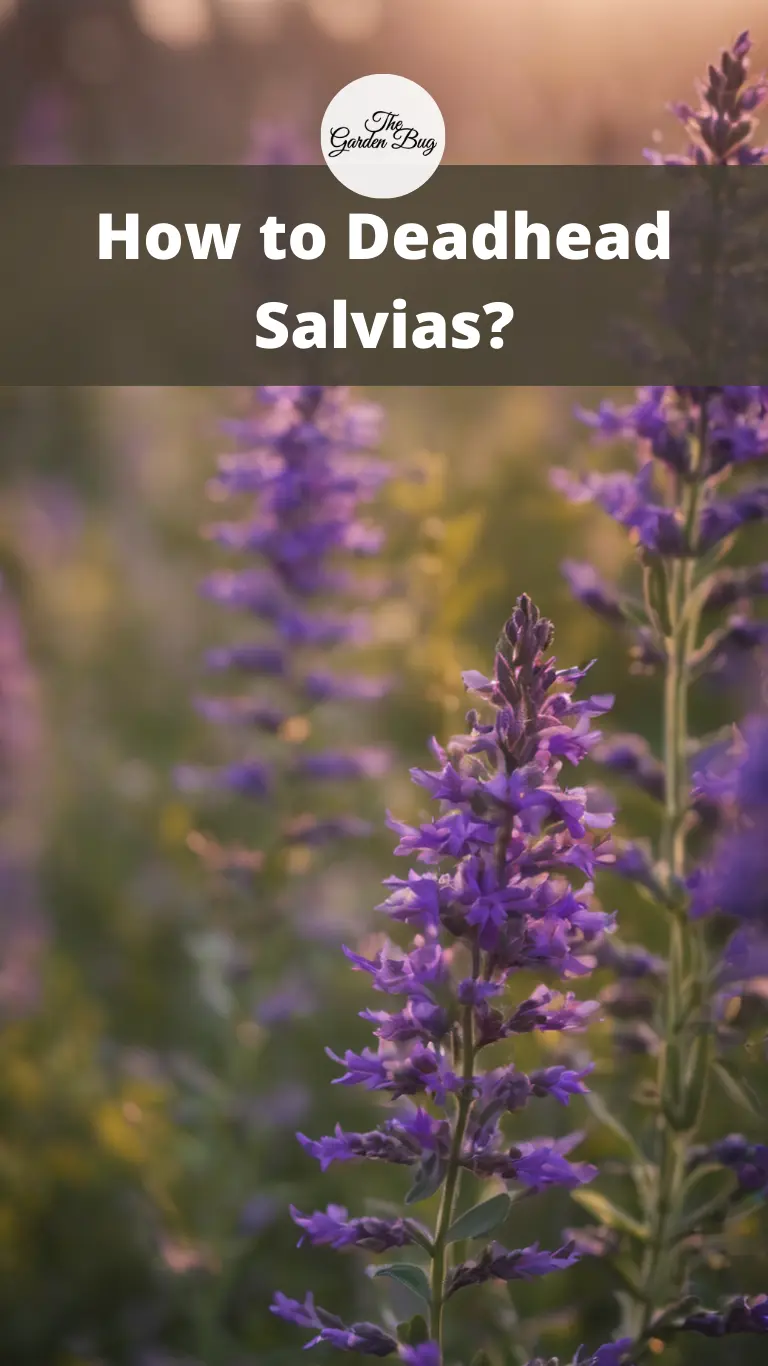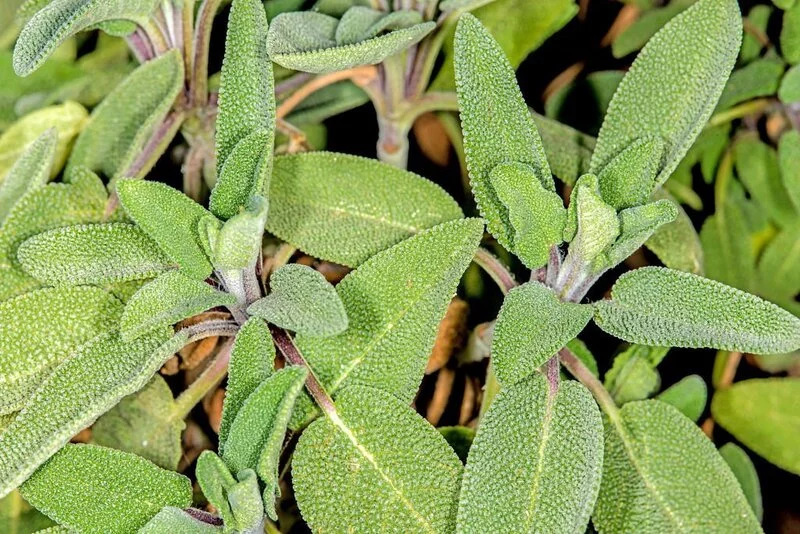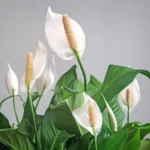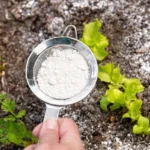Salvias, with their vibrant blooms and lovely fragrance, add a dash of color and charm to any garden. While these resilient plants are low maintenance, they do benefit from a bit of tender loving care. One practice that can help your salvias thrive is deadheading. If you’re wondering what deadheading is and how it helps your plants, you’re in the right place! In this article, we’ll delve into the art of deadheading salvias.
- 50 Black and Blue Salvia Seeds Flower Seed Perennial Flowers Hummingbird
- · Features Attracts Bees, Hummingbirds, Butterfly’s
- · Life Cycle Perennial, Annual
- PLEASE NOTE: This listing is for SEEDS, Picture shown mature plant
- Fresh Seeds
Understanding Why Deadheading Salvias is Necessary
First things first, let’s understand what deadheading is. Deadheading is the process of removing faded or dead flowers from plants. This practice is not just about making your plants look neat and tidy (though it certainly does that!), it’s also about encouraging better plant health and promoting more blooms.
So why is deadheading salvias necessary? Here are a few reasons:
- Promotes More Blooms: When you remove spent blooms, you’re telling the plant to stop investing energy in seed production and redirect it to creating new flowers. That means more of those lovely salvia blooms for you to enjoy!
- Extends Blooming Season: By regularly deadheading, you can help your salvias bloom for longer periods, effectively extending their blooming season.
- Keeps Plants Healthy: Dead flowers can sometimes harbor disease or attract pests. By removing them, you’re helping keep your salvia plants healthy and robust.
Tools Needed for Deadheading Salvias
Deadheading is a fairly simple gardening task and doesn’t require a lot of equipment. Here are the essential tools you’ll need:
- Pruning Shears: A good pair of pruning shears will allow you to make clean, precise cuts without damaging the plant. Make sure they are sharp and clean before you start to prevent the spread of disease.
- Gloves: Gardening gloves will protect your hands from potential scratches or irritations from the plant.
- Garden Waste Bag or Compost Bin: Have somewhere ready to dispose of the dead flowers you remove.
- MAKE PRUNING WORK EASIER: Rust-resistant stainless steel blade are sharp and durable for easy and smooth cut.Anti-slip and ergonomic handle make the gardener clippers more comfortable in your hand.Easy-open spring action reduces hand fatigue while cutting. you can easily to cut without damaging the vital stems and branches of your plants.
- User-FRIENDLY SAFETY LOCK:These garden shears have locking mechanisms to keep the sharp blades securely closed when not in use.It is easy to maneuver and can effectively reduce accidental injuries.
- GARDEN GLOVES: This Gardening gloves,made of soft & comfortable cotton fabric,can protect yourself from dirt, skin wounds and nasty splinters when doing yard chores. The grip latex coating provides anti-slip or sure control when grabbing garden & yard tools.
- COMFORTABLE HANDLE: The handle part of the pruning shears made by high-purity PP+TPR plastic, especially the hand grip is very comfortable, but also has strong toughness and strength.
- PACKING LISTING: The packing include pruning shear, fruits shear, flower cutter, leaves trimmer, one pair glove, one organizer bag.Those pruning shears could satisfy need of planting, harvesting, floral, indoor and outdoor planting, greenhouse pruning.
How to Deadhead Salvias: Step-by-Step Guide
Now, let’s move onto the fun part – the actual deadheading process. Here’s a simple step-by-step guide:
Timing
The best time to deadhead salvias is when the flowers start to fade and lose their color. This typically happens a few weeks after the flowers have bloomed. The exact timing can vary based on your local climate and the specific salvia variety.
Identifying Spent Blooms
Look for flowers that have lost their vibrancy and are starting to wilt or dry out. These are the blooms you’ll want to remove.
Proper Deadheading Technique
- With your pruning shears, cut the stem of the spent flower back to the nearest set of healthy leaves.
- Be gentle and make sure not to damage the surrounding stems or leaves.
- Dispose of the removed flowers in your garden waste bag or compost bin.
That’s it! With regular deadheading, you can keep your salvias looking vibrant and healthy all season long. Now, let’s discuss some tips to help your salvias thrive after deadheading.
Tips for Maintaining Healthy Salvias After Deadheading
Even after you’ve mastered the art of deadheading, your care for your salvias shouldn’t stop there. Here are some additional tips to keep your salvias healthy and happy:
- Watering: Salvias prefer well-drained soil and do not like to be waterlogged. Water them regularly but make sure the soil isn’t overly soggy.
- Sunlight: Most salvia varieties love the sun. Ensure they get at least 6 hours of sunlight a day.
- Fertilizing: Use a balanced, all-purpose fertilizer during the growing season to provide the nutrients your salvias need to thrive.
- Pest Control: Keep an eye out for pests and treat them promptly to prevent any significant damage.
Frequently Asked Questions About Deadheading Salvias
- Is it necessary to deadhead salvias? While not absolutely necessary, deadheading salvias can help promote more blooms and extend the blooming period.
- Can you deadhead salvias too much? As long as you are only removing the spent blooms and not damaging the rest of the plant, it is difficult to over-deadhead salvias.
- What if I miss the right time to deadhead my salvias? Don’t worry if you miss the optimal time to deadhead. Doing it late is better than not doing it at all. It can still help your plant look tidier and focus its energy better.
Conclusion
There you have it! Now you know why deadheading your salvias is important and how to do it. This simple gardening practice can enhance the beauty of your salvias and help them bloom longer and healthier. So, grab your pruning shears and give your salvia plants some love and attention. They’ll repay you with a spectacular display of blooms!







